
Suffering from bouts ofeco-anxiety? Fortunately, there are some small steps we can take every day that can help the environment. Check out these Green Living pictures to learn how. First up, an obvious, but often overlooked step.
Advertisement
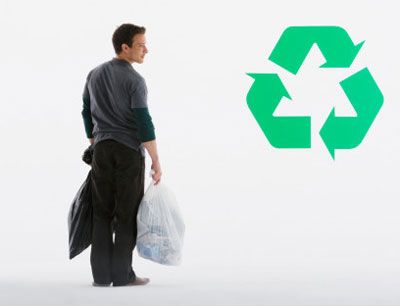
Recycling isn't just limited to cans and plastic bottles anymore. Everything fromelectronicsto地毯can be recycled. Today, recycling efforts in the United States divert 32 percent of waste away from landfills. What if your item is still in good shape?
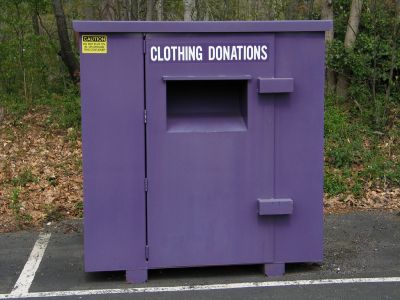
Donate it! There are various organizations, includingFreecycleand theSalvation Army, that empower people to donate old items instead of tossing them in the trash. If something can't be recycled or donated, there's another option.

Reuse it! There are endless possibilities for craft projects that allow you to upcycle your old boots or wine corks. Check out some great ideas in our Recycled Crafts Channel. Don't toss out your food scraps. Find out what you can do with them next.
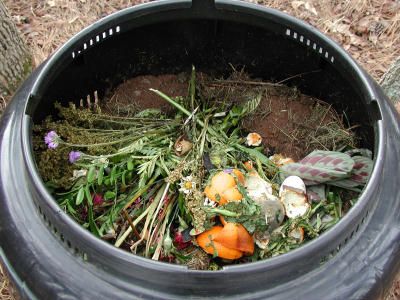
The major goal of堆肥is to reduce the amount of solid waste you generate. If you reduce solid waste, you will save space in municipal landfills, which will ultimately save you tax money. Finished compost has the advantage of being a useful natural fertilizer that is more environmentally friendly than synthetic fertilizers. While we're outside, how much more local than your backyard can you get?
Advertisement

平均而言,生产在美国旅行nywhere from 1,300 to 2,000 miles from the farmer to the consumer -- a process that creates enormous amounts of greenhouse gasses. Growing your grub in your backyard can reduce your food miles and ensure you that your food was produced chemically-free. Don't have a backyard? Consider this next method.
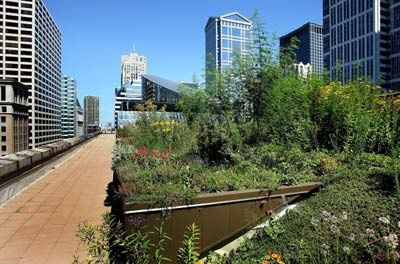
If you live in a city, you may be familiar with theurban heat island effect. Installing a green roof can actually lower the temperature, create a more comfortable environment within a city's limits and improve air quality. Another important green living aspect is water reduction. Let's see some ways to do this next.
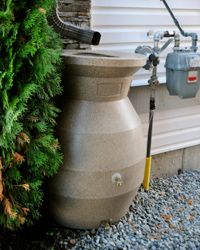
Rain barrelsandgray water reclamationare two major ways that the typical homeowner can reuse water. What about some ways to reduce water consumption?

Don't flush your money away on large water bills.Low-flow toiletsanddual-flush toiletsare two ways to reduce water consumption in your home. While you're at it, don't forget to turn off your faucet while brushing your teeth and only run the washing machine when you have a full load. If you are concerned with overall energy usage, get tested.
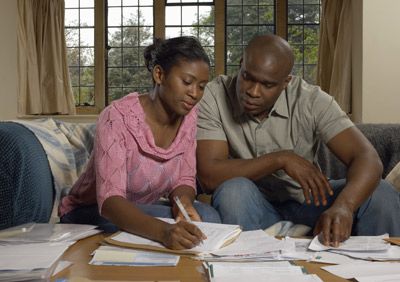
Home energy auditscan not only help the environment, but can also help shave as much as 30 percent or more off your energy bills. Next up is a simple step to cut down on energy usage.
Advertisement

While turning down your house temperature a few degrees during your home's occupied hours is helpful in terms of energy conservation, it's at night and when you're away from the house that you can turn down thethermostateven more, thus significantly reducing your energy bill. HVAC experts estimate that for every degree the thermostat is dialed down, you can save 1-3 percent on your heating or cooling utility bill. How else can you save on energy usage?
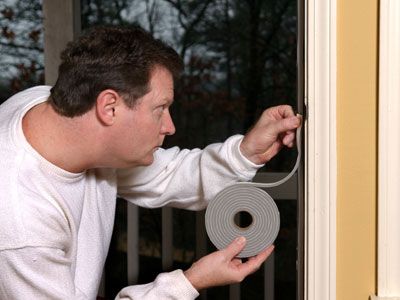
Properly insulating and sealing your house cuts down on energy consumption by reducing your heating and cooling demands. There are some even easier ways to keep your house insulated like drawing the curtains to keep heat in or out. Certain appliances can also help reduce your carbon footprint.
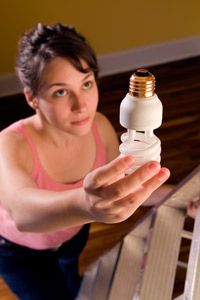
Compact fluorescent light bulbs (CFLs) last 10 times longer than a standard bulb and use at least two-thirds less energy. Learn what to look for in new appliances next.

If you're shopping for new appliances or even home electronics, look forENERGY STARproducts, which have met EPA and U.S. Department of Energy guidelines for energy efficiency. In 2006, the ENERGY STAR program saved energy equivalent to taking 25 million cars off the road and saved Americans $14 billion in utility costs. If you aren't in the market for new appliances, learn how to save money with the ones you already own.
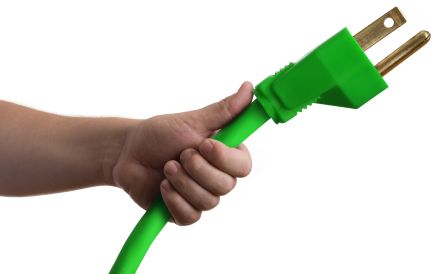
Simply unplugging most electronics can save on energy.Vampire powerrefers to the electricity many gadgets and appliances waste just by being plugged in (even if they're switched off). In the United States alone, vampire power costs consumers more than $3 billion a year. Find out some simple ways to go green with home renovations next.
Advertisement

Typical household paint contains up to 10,000 chemicals, of which 300 are known toxins and 150 have been linked to cancer. If you want to repaint your bedroom, why not go green?Low-VOC paints, no-VOC paints and natural paints are reputable alternatives to the chemically-ridden paints of yesteryear. Even your flooring can go green. See it next.

In the age ofgreen flooring,bamboo flooringhas become a major player in hardwood options. An incredibly durable, versatile, sustainable and price-competitive form of hardwood flooring, bamboo has become the floor of choice for many people building or renovating homes with an eco-friendly edge. Check out even more alternative building ideas next.
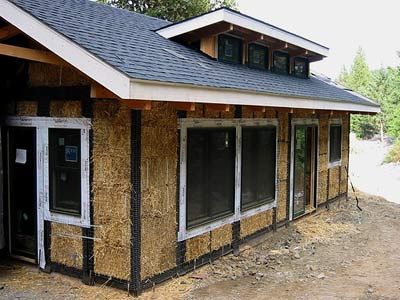
Earthbag homes,rammed earth homesandstraw bale housesare just a couple of alternative building ideas that you might want to consider. What are some steps you can take outside the home to reduce your impact?
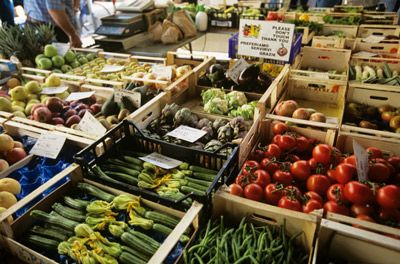
Making informed food choices is one of the most important steps one can take to helping the environment. From eating less meat to buying local,organic foodand practicingfair trade, there are hundreds of ways to dine more responsibly. Whilepaper or plasticis still up for debate, learn how to pass right over this dilemma.

Living "green" is really just a set of simple choices, like using reusable bags instead of plastic or paper. While it's sometimes easy to forget your canvas bag, it's just as easy to store one in your car. Speaking of cars...
Advertisement
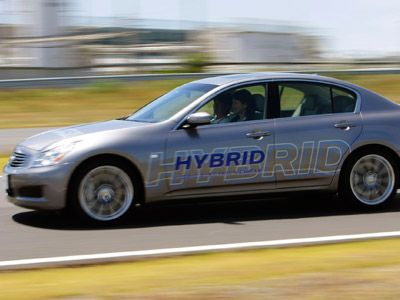
Beyondhybrid cars, there are many alternative vehicles that require less energy, including theelectric carand thesmart car. If a car isn't quite your speed, there are even more alternatives.

Riding yourbike, walking, taking thesubwayandcarpoolingare all completely viable options for commuters in and out of the city. See the last image for some final words of advice.

Whetheradding solar panels to your houseorreducing junk mail, always remember to reduce, reuse and recycle. To learn more check out the Energy Efficiency Channel.


